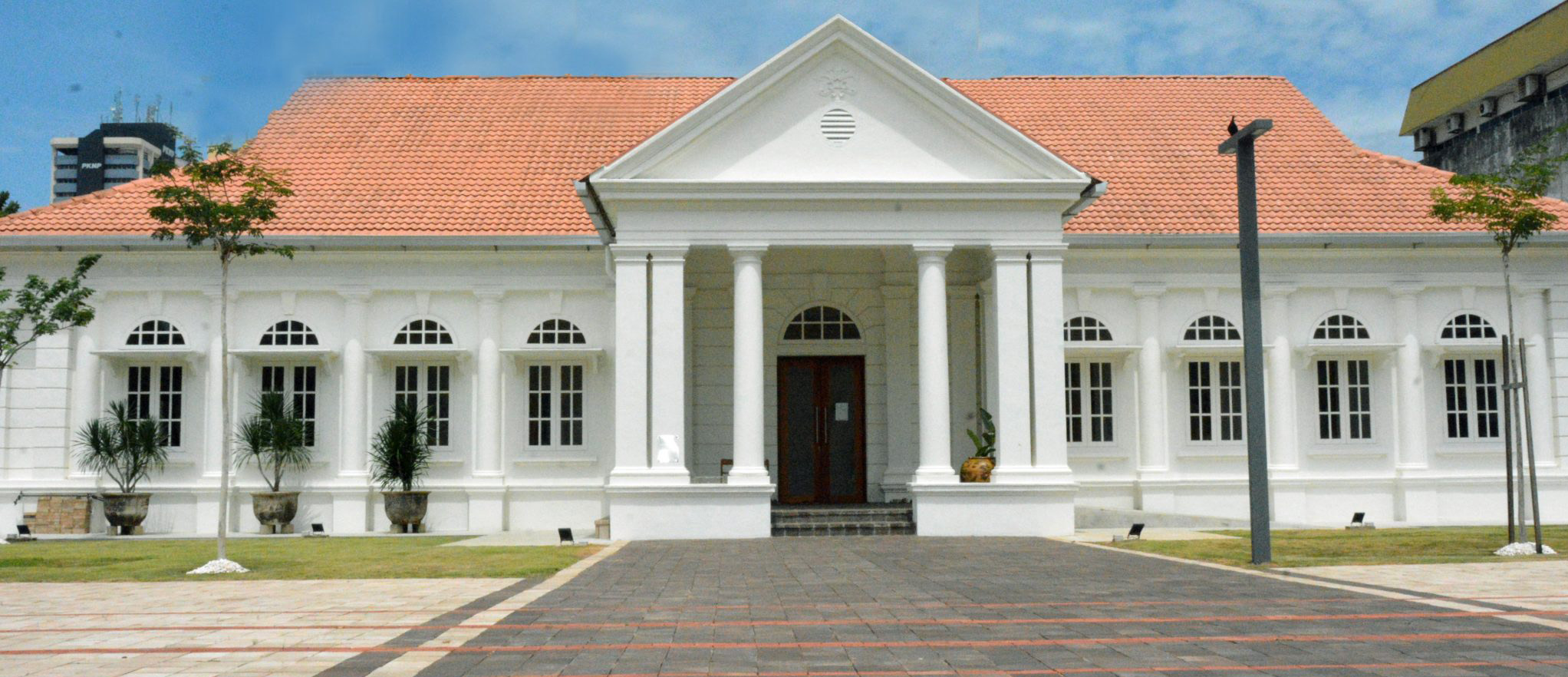How Asia Found Herself: A Story of Intercultural Understanding Nile Green
Publication details: Yale University Press 2022Description: 472 pages 6.5 x 2.1 x 8.8 inchesISBN: 9780300257045Subject(s): HistoryDDC classification: 303.4825 Summary: The nineteenth century saw European empires build vast transport networks to maximize their profits from trade, and it saw Christian missionaries spread printing across Asia to bring Bibles to the colonized. The unintended consequence was an Asian communications revolution: the maritime public sphere expanded from Istanbul to Yokohama. From all corners of the continent, curious individuals confronted the challenges of studying each other’s cultures by using the infrastructure of empire for their own exploratory ends. Whether in Japanese or Persian, Bengali or Arabic, they wrote travelogues, histories, and phrasebooks to chart the vastly different regions that European geographers labeled “Asia.” Yet comprehension does not always keep pace with connection. Far from flowing smoothly, inter-Asian understanding faced obstacles of many kinds, especially on a landmass with so many scripts and languages. Here is the dramatic story of cross-cultural knowledge on the world’s largest continent, exposing the roots of enduring fractures in Asian unity.| Item type | Current library | Call number | Status | Date due | Barcode |
|---|---|---|---|---|---|
 Books
Books
|
Annexe Office Annexe | 303.4825 (Browse shelf (Opens below)) | Available | 2025-0070 |
Browsing Perbadanan Muzium Negeri Pahang shelves, Shelving location: Annexe Close shelf browser (Hides shelf browser)
The nineteenth century saw European empires build vast transport networks to maximize their profits from trade, and it saw Christian missionaries spread printing across Asia to bring Bibles to the colonized. The unintended consequence was an Asian communications revolution: the maritime public sphere expanded from Istanbul to Yokohama. From all corners of the continent, curious individuals confronted the challenges of studying each other’s cultures by using the infrastructure of empire for their own exploratory ends. Whether in Japanese or Persian, Bengali or Arabic, they wrote travelogues, histories, and phrasebooks to chart the vastly different regions that European geographers labeled “Asia.”
Yet comprehension does not always keep pace with connection. Far from flowing smoothly, inter-Asian understanding faced obstacles of many kinds, especially on a landmass with so many scripts and languages. Here is the dramatic story of cross-cultural knowledge on the world’s largest continent, exposing the roots of enduring fractures in Asian unity.









There are no comments on this title.